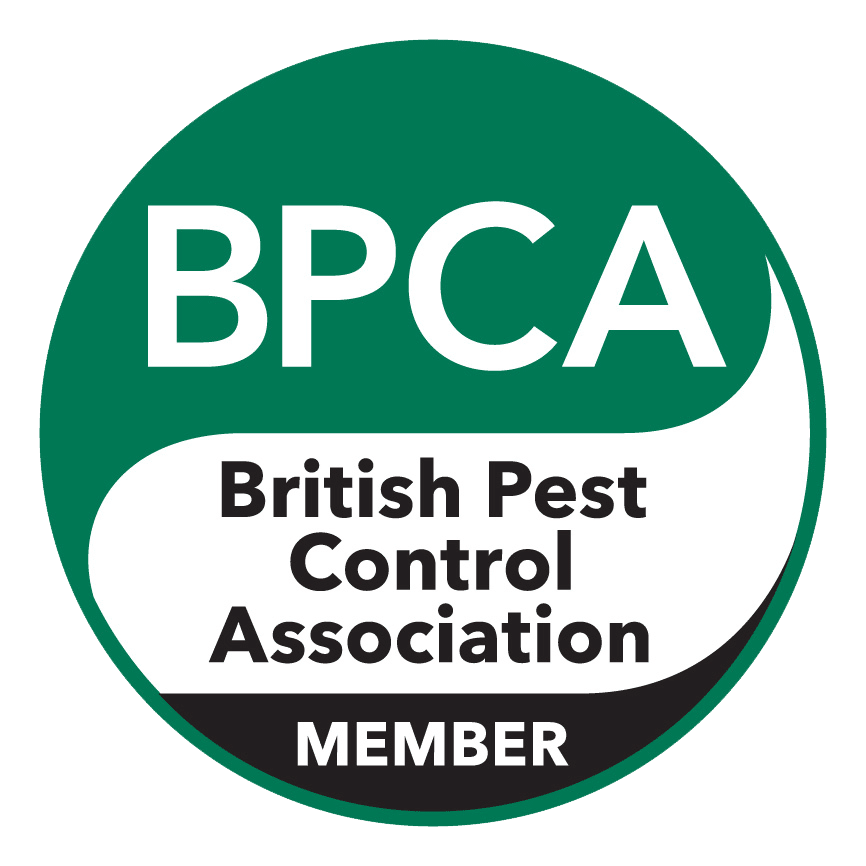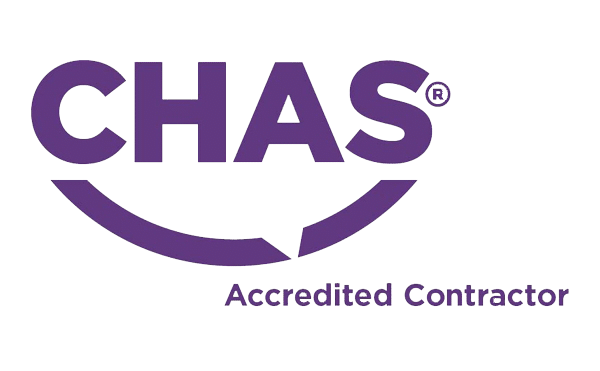
Common Clothes Moths are frequently active in the summer months. In contrast to many of the pests we deal with, moths do not pose a risk to your health. However, Common Clothes Moths can cause significant damage once present in your London home or business. There are twotypes of common clothes moth: the webbing case and the case bearing. The larvae feed off organic materials in your home or business, which is why you may spot tiny holes in some of your most treasured possessions if you have moths. If you spot any of the signs of moths in your property, such as casings or damage, it is vital to seek the services of a professional pest control company, such as Mercury Pest Control. Our friendly technicians have the skills and experience to deal with your infestation rapidly and effectively. We also offer all customers a free on-site survey for moth treatments. Contact us today for your free property survey.
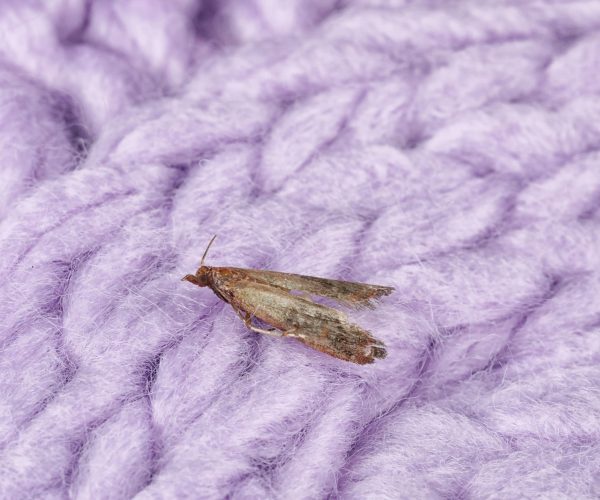
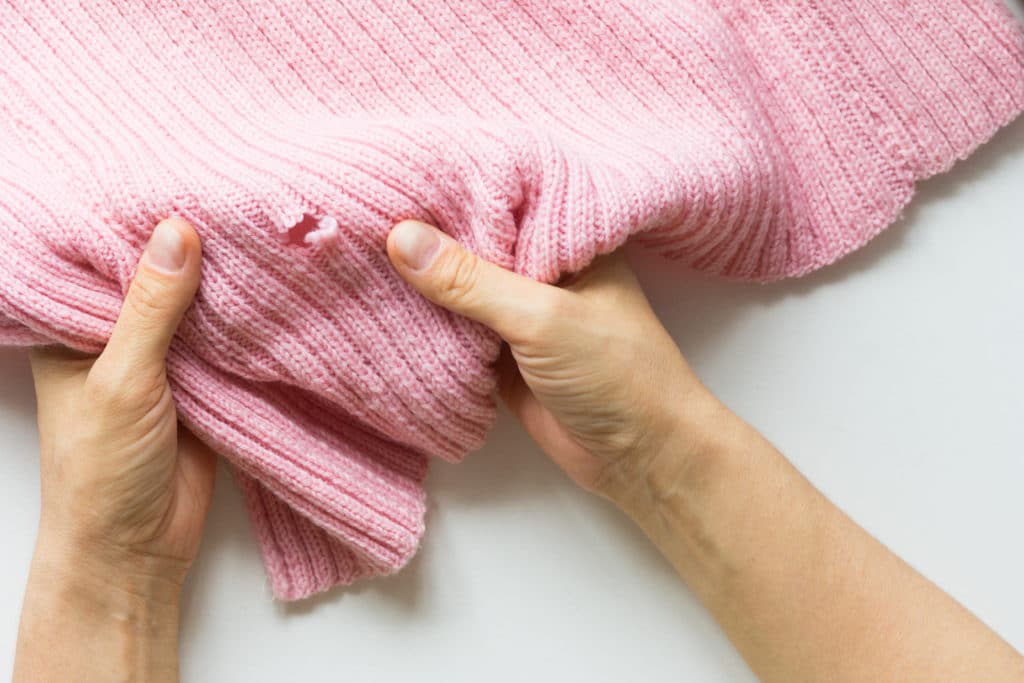
Do I have moths?
There are two types of common clothes moth: webbing clothes and case bearing clothes. While both are attracted to keratin, they exhibit unique behavioural patterns.
- Damage: in clothes or fabric. Can destroy clothes or furnishings in your home or business. Eggs feed off organic materials, including wool, cashmere, feathers, felt, velvet and fur.
- Casings: are the remains of the larvae after hatching. These are easy to miss and can look like a small piece of cotton wool or silky thread stuck to the fabric.
- Flying: females do not fly, but they do hover for short periods laying eggs in breeding sites. Female moths produce a pheromone cloud which male moths will attract males via their antennae.
- Pheromone traps: are a good way of protecting your home or business from a moth infestation. Once the traps collect significant moths, it may be time to call us in for your free site survey.
Facts
Facts: Webbing case
Name:”Tineola bisselialla’ – webbing case (the most common)
Size:1.5cm long
Features: golden colour with mottled brown forewings with small black dots.
Sustenance: keratin
Life expectancy: around 65-90 days, with the females surviving for around 30 days, laying 300 eggs.
Reproduction: commence breeding from about 12-13 weeks.
Facts: Case bearing
Name: “Tinea pellionella”, the case-bearing
Size: wingspan of around 10-15mm
Features: identified by different coloured wings. Forewings are gold, and hindwings are typically paler. Their wings tend to be darker than the webbing clothes moth. They can be easily confused with the meal moth [link to meal moth page].
Sustenance: Keratin containing items, including silk, felt, wool and cashmere.
Life expectancy: Can lay 40-50 eggs over the course of one week of mating. Eggs will hatch 4-7 days later, and the larvae stage will last from 66-87 days. Will carry their casings, which makes this breed harder to spot. Inspections will only identify frass and damage.
Reproduction: commence breeding from about 12-13 weeks.
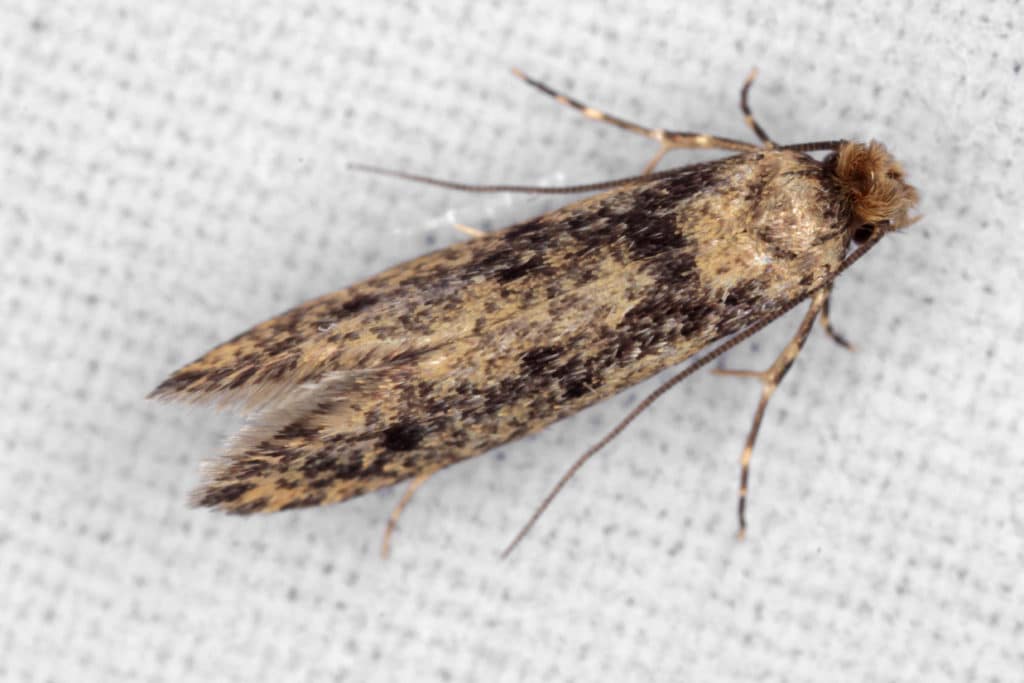

Common Clothes Moth Breeding Sites
Carpet: Although their name is ‘common clothes’, it is not uncommon to find moths on your carpet. You can minimise a potential infestation by regularly hoovering under furniture and in dark areas.
Clothes: Keratin containing clothes are an ideal home for moths. Store these items in light and airy locations. Additionally, you must inspect these items during the summer months to minimise the risk of damage.
Lofts: Moths thrive in a dark, humid environment. As a result, your loft could be an ideal location for moths, in particular during the summer. Therefore, do not store natural fabrics in the attic, and always dispose of unwanted off-cuts of carpet.
Rugs: Since moths thrive in dark environments, a rolled-up rug is at risk of infestation. Regular inspection of carpets will protect them. To protect your rugs, routine inspection is required. In addition to this, it is advisable to exchange the felt under-layer of rugs with rubber. This will reduce the amount of keratin-containing items in your home or business.
Taxidermy: As a result of the significant amount of matter, taxidermy is a substantial risk for an infestation. Moths will lay eggs deep into these items, which can be problematic during the treatment phase. Therefore, it is vital to dispose of unwanted taxidermy and ensure that precious things are stored safely, protected from infestation.
Pianos: Did you know that the felt on pianos are a perfect spot for moths to nest? With this in mind, it is vital to regularly inspect this instrument for signs of moths, such as casings.
Insulation: Made of natural fabrics is a risk for infestation. It is vital to ensure that your insulation of choice does not include keratin.
Moth Control For London Homes:
Identify: at Mercury Pest Control, we provide free onsite inspection for all London homes and businesses for all Common Clothes Moth treatments
Report: after our detailed inspection – we will follow up with an emailed comprehensive report for the client with pictures identifying the critical areas of activity.
Treat & Monitor: each moth infestation can be unique, so having a blanket approach to all infestations is not the answer. Depending on the activity located in our initial survey, we will provide a tailor-made treatment to eradicate the infestation. We will also monitor the issue throughout to ensure the treatment is successful.

Commercial Moth Control London
Certain businesses are more exposed to the risk of an infestation. For example, the financial damage caused by an infestation can be severe in block management or the textile industry. Luckily, we have significant experience providing commercial moth control in London, and whether your business is big or small, we have the expertise to deal with the infestation
- Textile factories: are high-risk environments for months. Unfortunately, these insects will cause significant damage to your products and your reputation. Therefore, regular detailed inspections and controlled treatments are essential to keep your warehouses’ moth free.
- Clothing shops: routine pest management in a clothes shop is vital to protect your stock. Clothes containing keratin will These pesky insects can be attracted to keratin-containing items. They can also enter from customers who have returned items from an infested household.
- Offices: bustling offices in central London are rife for moth infestations. Staff can bring moths to the office space from their infested homes or from the tube. Regular, detailed pest inspections coupled with meticulous cleaning will prevent the risk of an infestation.
Moth Removal London - Frequently Asked Questions
Clothes moths can enter your bedroom from contaminated items, such as coats, scarves and jumpers. As we have identified above, moths feed of keratin containing items and thrive in dark spaces. Therefore, a wardrobe containing clothes can be an ideal location for these insects to thrive. If you are purchasing second items, such as fur coats or cashmere jumpers, store them in a safe place and check for signs of an infestation, such as casings.
Any item which contains keratin in your home poses an infestation risk. This includes clothes, carpets, rugs and furniture. In addition to this, family or friends staying with you could also bring moths into your home or business if they live or work in an infested place.
Aerosol sprays can be used as a lockdown residual for moths. Unfortunately, these products will not tackle the primary source of the infestation, eggs. If you spot the infestation signs, it is vital to contact your local pest control company. Mercury pest control will attend your property and provide a free onsite survey and treatment plan to eradicate the issue.



